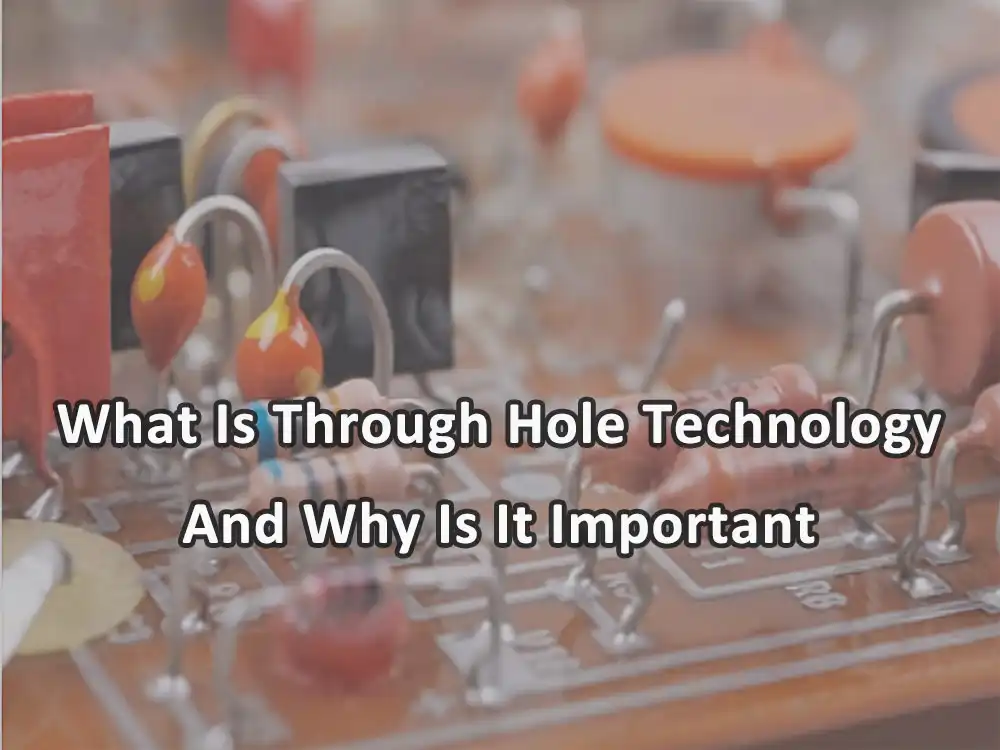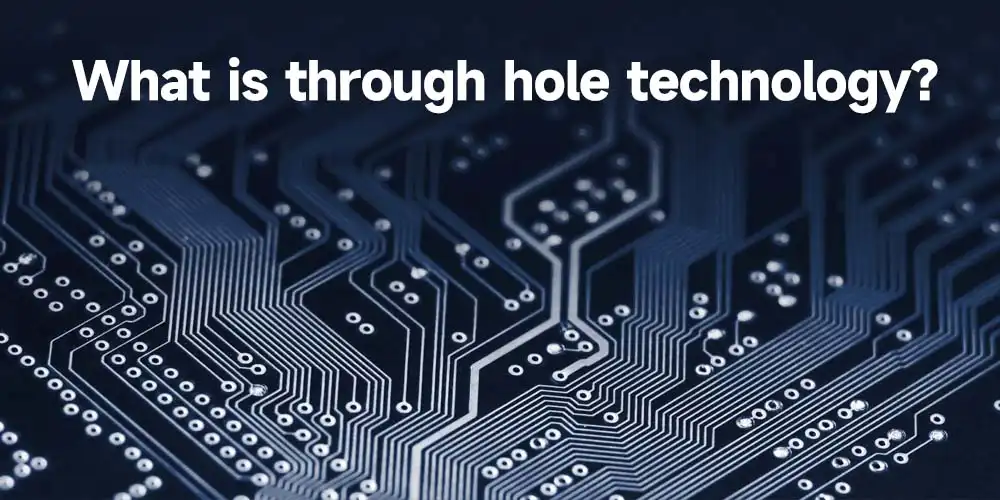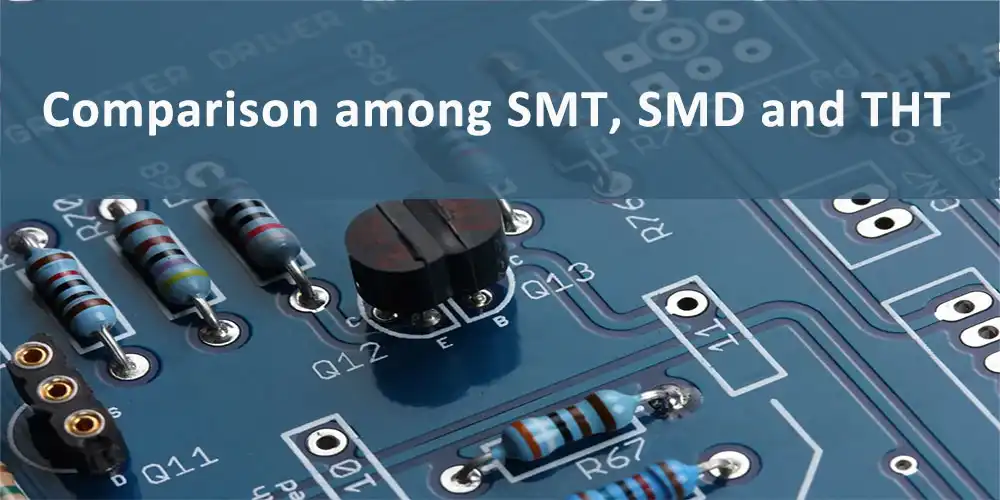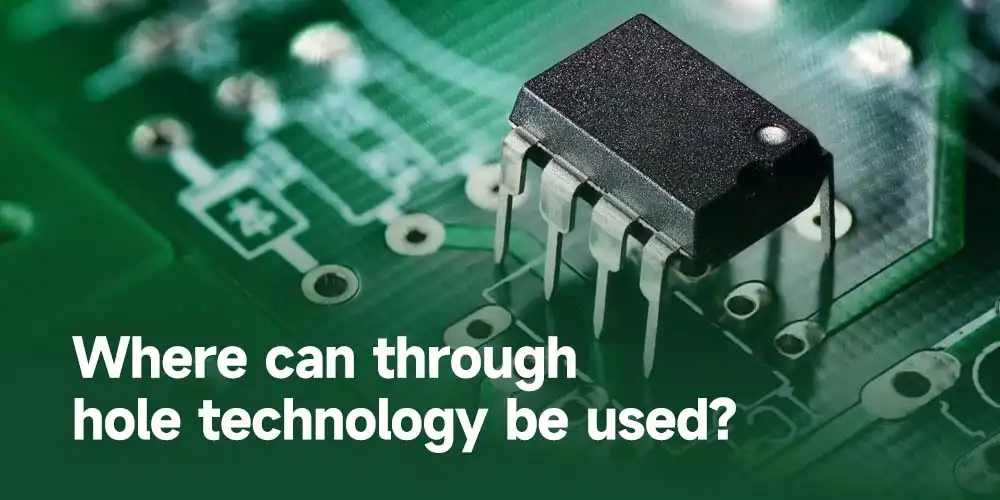
Through hole technology is the cycle by what part leads are put into penetrated holes on an uncovered PCB. The cycle was standard practice until the ascent of surface mount technology during the 1980s, when it was normal to totally transition away from through-hole. However, notwithstanding a serious drop in prominence throughout the long term, Through Hole technology has demonstrated versatile in the time of SMT, offering various benefits and specialty applications: to be specific, unwavering quality.

Through hole was the strategy that reduces the highlight point collecting technique. A mounting methodology utilizes the leads on the parts that get embedded into the PCBs. These are the parts that are welded consequently by machines or physically by hands. In this manner, the procedure is typically utilized for heavier parts. Also, this strategy is good for the model PCB as it’s economical and sensible.
There are two kinds of through hole leads. One is axial and second is radial lead.

Through hole technology between a part and a PCB makes a more grounded association than SMT, where parts are gotten exclusively to the outer layer of the board.
Further, through hole technology leads safeguard the electronic part from warm and mechanical pressure by engrossing it straightforwardly; SMT doesn’t offer a similar degree of security.
At last, no matter what the fastening necessities, through hole technology will in general be better for testing and prototyping in light of the fact that it is simpler to physically eliminate and supplant parts on the PCB.
Despite the fact that Through hole innovation remains as a special and tempting innovation, it actually has a couple of downsides even after surface mount. The innovation isn’t reasonable for higher speed parts that could require a little wanderer in capacitance and inductance for its wire leads.
When you settle on the through hole innovation, a great deal of your board space should support the wire leads’ cabin, causing you to need to put resources into a bigger PCB. The greater PCB decreases the quintessence of limiting all the wiring and slicing the board to a for the most part useful size.


Through hole technology is great for items that require high unwavering quality significantly under elevated degrees of natural and mechanical pressure as well as high voltage, power and intensity conditions. Huge units are likewise bound to utilize through hole innovation since diminishing costs through more modest parts is to a lesser degree a worry.
Moreover, the through hole procedure is helpful for testing and prototyping in light of the fact that you can moderately effectively change and supplant leads physically, empowering you to attempt different designs.
Transformers, semiconductors, electrolytic capacitors and attachment connectors are probably going to utilize through hole innovation. The military, aviation and modern gear areas frequently use it in view of its unwavering quality and protection from brutal circumstances. Light-radiating diodes, or Drove lights, utilized in open air applications, for example, boards and shows in arenas may likewise utilize through hole innovation due to its capacity to endure outside conditions.
Through hole technology gathering has been around for pretty much hundred years (since the 1940s) and has been exhibited to be profoundly dependable, ready to get enormous parts, and keep up with availability notwithstanding high power and high temperatures
1.Placement: For through hole technology, the part leads or pins are embedded through the board.
2.Mistakes and inspection: Any mistakes in situation will be revised here.
3.Wave soldering: For wave patching, one side of the whole board is presented to a wave of bind. As the board crosses the wave, the through-hole parts are fastened at the same time.
It is generally difficult to pick the perfect manufacturer for a through hole technology. Having fostered the plan for the through hole technology itself, the board should be made and this is regularly embraced by an expert through hole technology manufacturer. Picking the right PCB producer can make the cycle a lot more straightforward, however, some unacceptable ones can prompt a great deal of misery. Some exploration on the different PCB makers is time very much spent, however, it frequently assists with having a few pointers to guide and choices.